Indian Food Myths, Debunked by an Expert
Indian cuisine is one of the most beloved in the world, but it’s a double-edged sword — Indian food is also some of the most misunderstood. If you want to gain a deeper understanding of Indian food, read on as I, an Indian food expert who has been cooking and recipe developing in the Indian food space for over a decade, debunk the most common Indian food myths:
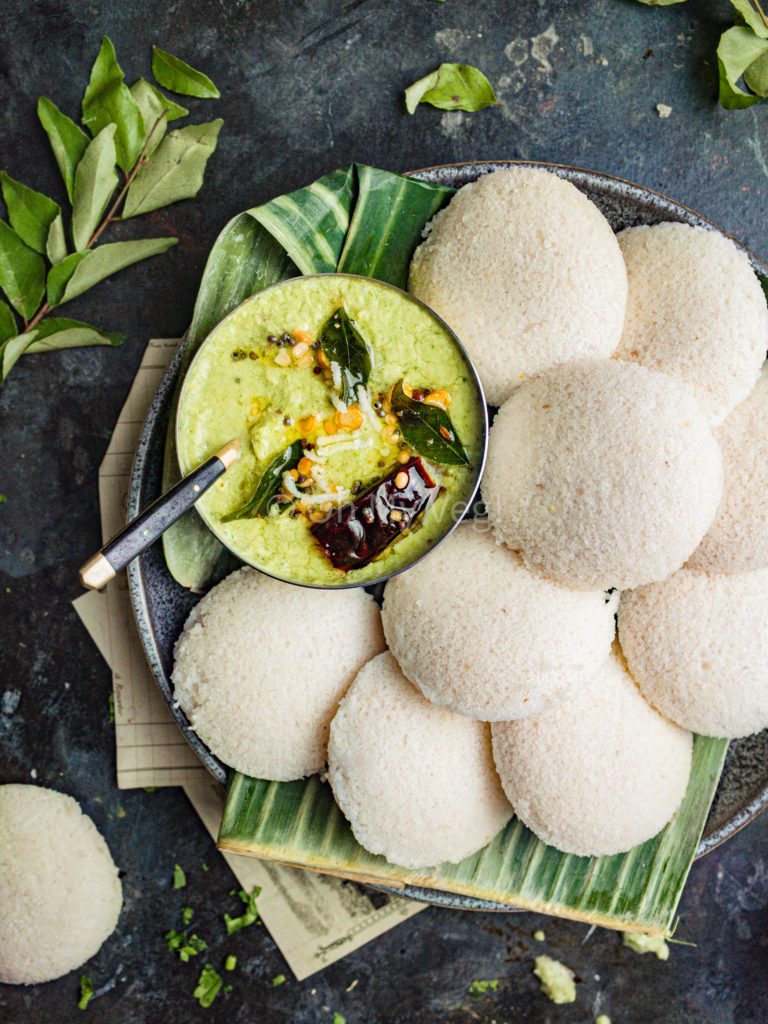
🍛 Is all Indian Food Curry?
No, not all Indian food is curry — that idea developed from language mistranslation. In India, the word “curry” doesn’t exist.
There are theories that the British mispronounced the Tamil word “kari” (meaning gravy) as curry, which is how the word gained usage.
Shockingly, India has 22 recognized official languages, 500 regional languages, and around 20,000 dialects. (Yes, there’s no such language as “Indian”!)
Each language has a different word for a dish with sauce or gravy; “rassa” in Marathi, “salan” in Urdu,” and diverse names for a dry spiced vegetable dish, such as “sabji,” in Hindi, “bhaji” in Marathi, “shaak” in Gujarati, and so forth. Curry can be described as an umbrella term for these dishes.
Adding to the complexity of the matter is that most dishes have distinct names. For example, shahi paneer, malai kofta, bharli vangi, dum aloo, and bhindi masala would all be categorized as “curries” in the West, but each has a unique name in India.
That’s not to mention the countless Indian dishes that don’t fit this category. There are lentil dishes like dal tadka, vegetable sambar, or shevgyachya shenganchi amti. Breads like fluffy naan, palak puri, and methi paratha. Fried snacks like sabudana vada, onion bhaji, and vegetable samosa. Steamed breakfast dishes like idli, street foods like palak patta chaat and dahi puri, desserts like seviyan kheer and gulab jamun, rice dishes like kanda poha, lemon rice, and curd rice — plus many more.
In short, India is a country with far too much cultural and culinary diversity for one word (or even 100 words) to capture the spirit of its food. Many Indian people feel using the word “curry” is a disservice to Indian cuisine or worse, a colonial hangover from British occupation. Others, however, are fine with it.
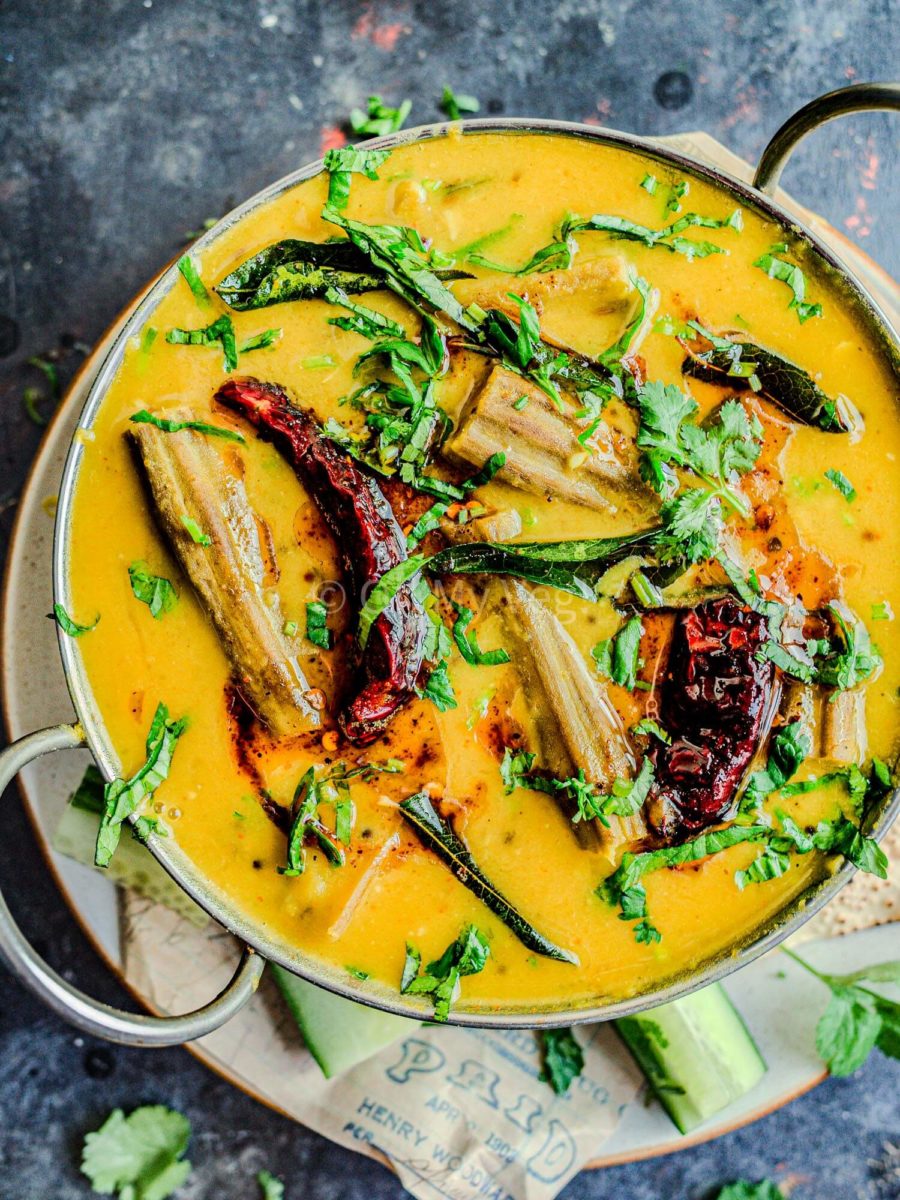
🥗 Is All Indian Food Unhealthy and Oily?
Indian food is neither healthy nor unhealthy; it depends on what dishes you eat, how you eat them, and how much you eat. Overall, moderation is key. It’s okay to indulge in treats occasionally, alongside a balanced diet of wholesome foods.
This is one of the worryingly widespread Indian food myths. The misconception likely derives from Indian takeaways, which use comparatively more oil.
Conversely, the food Indian people eat at home is balanced. It includes vegetable dishes, lentils, protein, bread or rice, pickles, salad, and a crispy starter. This meal — a thali — is designed to fulfil all the flavour profiles, texture profiles, and nutrition needs.
Depending on the region, Indian cooks use different fats. Ghee (a type of clarified butter) is common, as is coconut oil, groundnut oil, mustard oil, and gingelly oil. Some dishes are oilier (to carry the spices) while others use minimal fat.
Interestingly, rural, homely Indian cuisine uses varied grains such as amaranth, sorghum, pearl millet, finger millet, barley, and cornmeal to make bread — instead of just wheat flour.
Want to eat healthier yet still enjoy Indian food? Look beyond restaurants and takeaways, and start cooking at home. Try Maharashtrian thalipeeth (mixed-grain bread), gluten free dosa with sambar (fermented rice and lentil crepe with a lentil and vegetable dish), methi gholana (fenugreek salad), and patti gobi sabji (white cabbage stir-fry), to name a few.
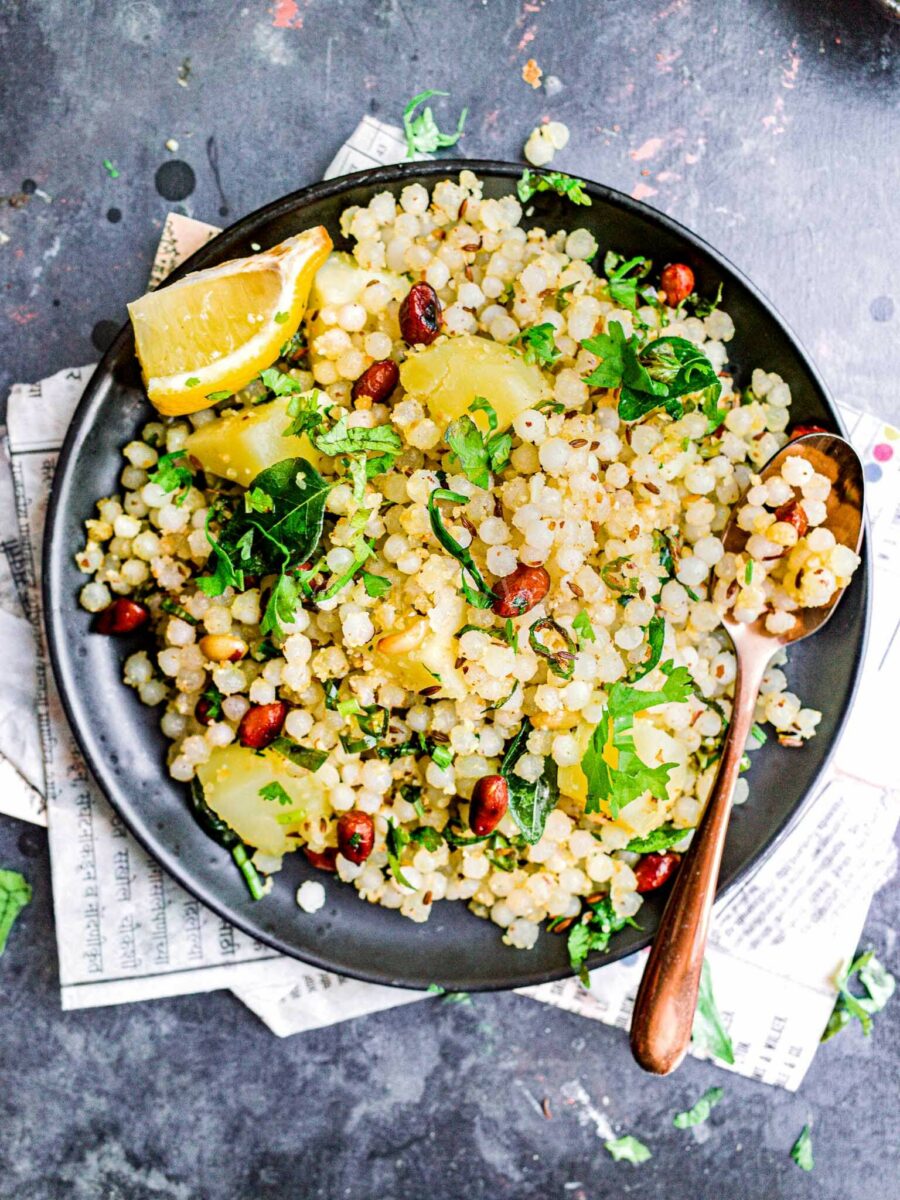
🌶️ Is All Indian Food Too Spicy?
Is Indian food spicy? Yes — some of it! Once again, sweeping generalizations erase the vast differences between the regional cuisines of India.
Which spices (and how many spices) Indian food uses is dictated by geography — for example, Kashmir, in the far North, uses almost entirely dried spices. In the South, pepper contributes a lot of heat, not just chilis. During certain fasting periods (vrat) Indian people also don’t use as many spices.
Have you ever heard someone say “You can’t taste anything but spices?” This happens when people are inexperienced cooks. When correctly cooked, spices complement and enrich the primary ingredients, rather than overpower.
Although many dishes do use ample spices, it’s vital to remember not all spices make things “hot” (fiery heat). Chilli powder, peppercorns, mustard, ginger, and cinnamon are the main culprits and can be adjusted to personal taste without compromising flavour.
There are Indian dishes to suit every spice tolerance. Very mild dishes like navratran korma, sabudana khichdi, Maharashtrian varan bhaat, dal makhani, and palak patta chaat can be enjoyed by everyone — as can desserts and snacks like dhokla or okra fries (kurkuri bhindi).
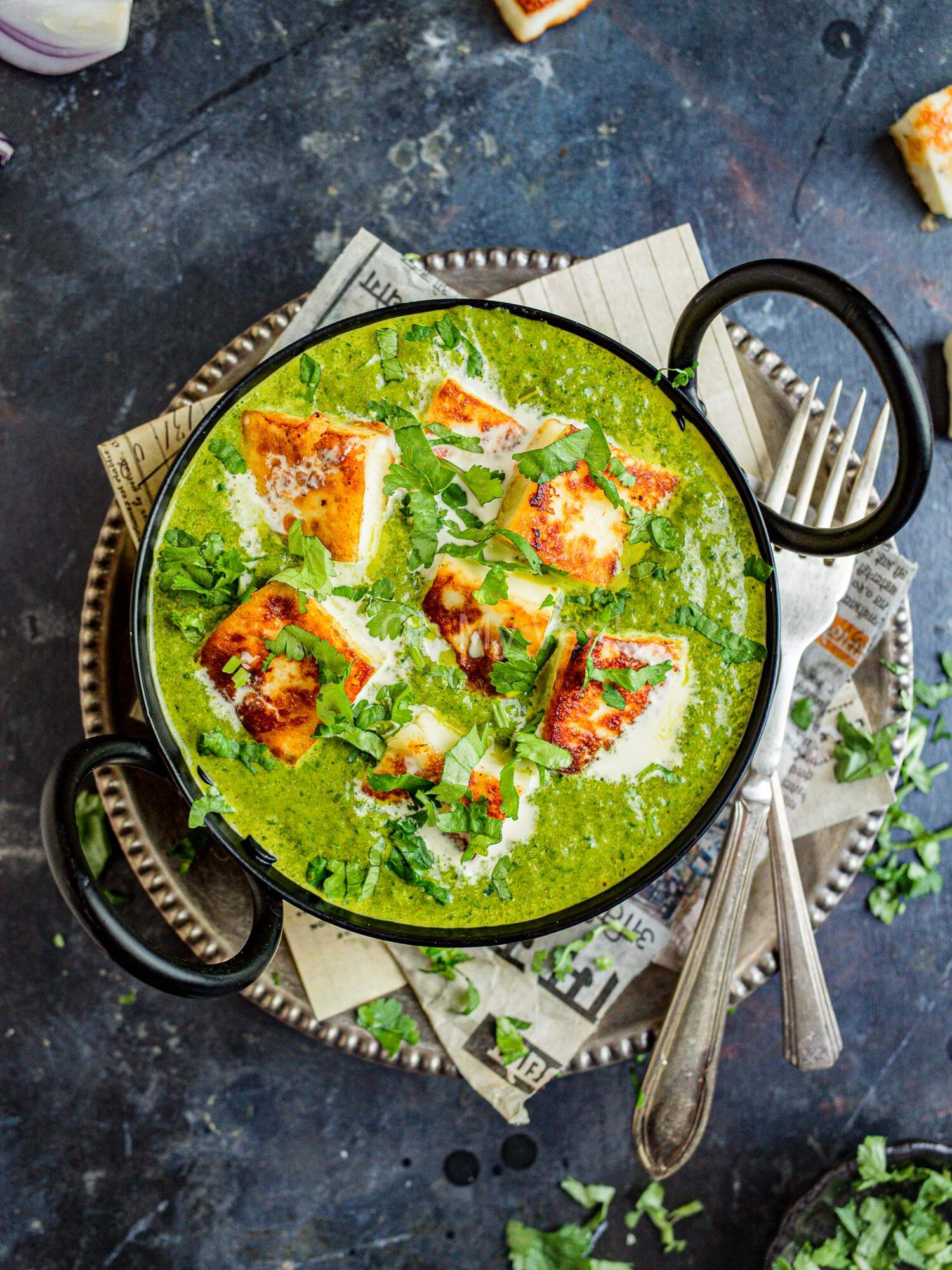
🥡 Are Indian Takeaways (BIR) Authentic?
Indian takeaways don’t typically serve authentic, traditional Indian food. For Indian people, this is one of the most frustrating Indian food myths!
Many people — especially British people — only ever experience Indian food through the lens of BIR (British Indian Restaurant) establishments. The food served there is far from that in India, and has birthed many myths, misconceptions, and misunderstandings.
Both have disparate styles of cooking. BIR cooking uses the same base gravy for all dishes, while traditional Indian food is cooked from scratch.
Most Indian takeaway dishes have roots in authentic Indian meals. However, they’ve been adapted for two things: Quickly fulfilling large orders (hence the base gravy), and suiting a Western palette.
Examples include vindaloo, dopyaza, korma, and kadai — all of which exist in India, but taste vastly different. I strongly advise trying the original Indian variations when you get the chance! Dishes like tikka masala are modern-day inventions (likely originating from the U.K.).
Furthermore, most Indian takeaway chefs are from Bangladesh or Pakistan — South Asian countries boasting a similar, yet markedly distinct cuisine to Indian food.
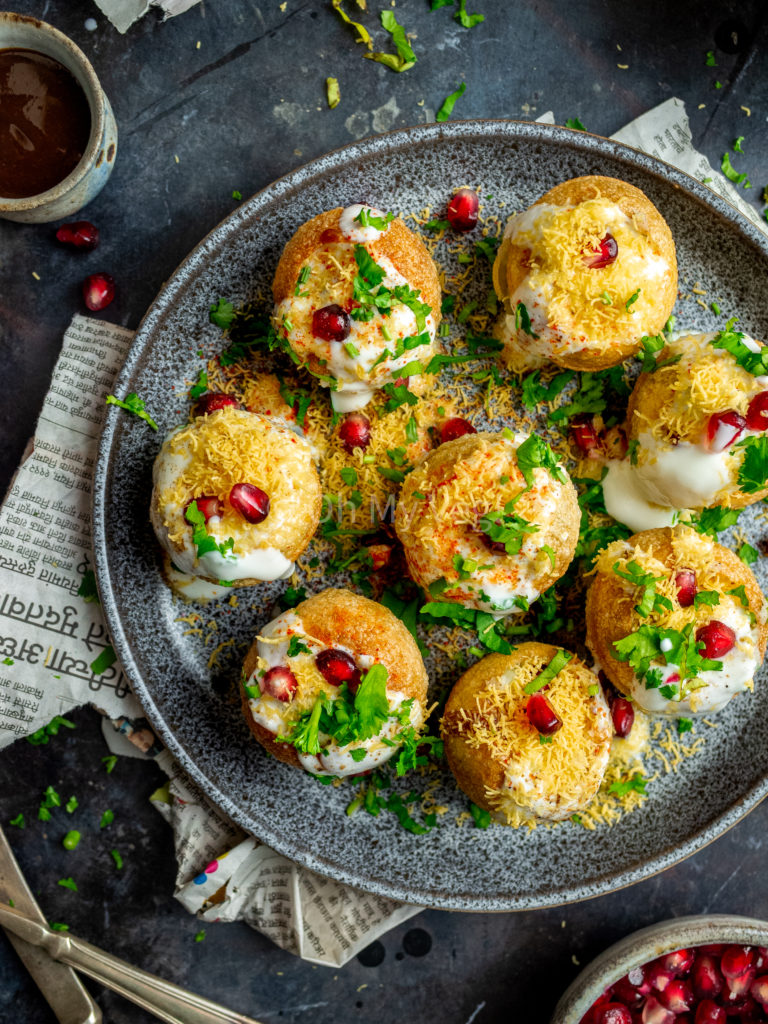
🥘 Does All Indian Food Look the Same?
No! Indian cuisine is the most diverse you can imagine, including by appearance.
Unfortunately, many foodies associate the cuisine with the fluorescent red food colouring prevalent in Indian takeaways, and think most Indian food is “curry.”
Dishes vary in colour from white, yellow, red, brown, purple, green, or a mix of all the above — depending on the gorgeously fresh ingredients and spices used.
Caramelizing your onions will deepen dishes to a dark brown, saffron and turmeric will stain a dish yellow, nuts or cream will lighten or make it white, chilli powder turns it a vivid red, and pureed vegetables like spinach result in vibrant green, as you see in palak paneer. Mixed vegetables make a beautiful rainbow plate.
And this only addresses the main dishes: Other courses are wonderfully diverse. For example, did you know that India has a type of native “pasta” called sargunde? The cuisine is full of surprises!
So where does this misconception come from? Likely from the use of base gravy in BIR-style dishes found in takeaways, which usually makes the texture and color monotonous.
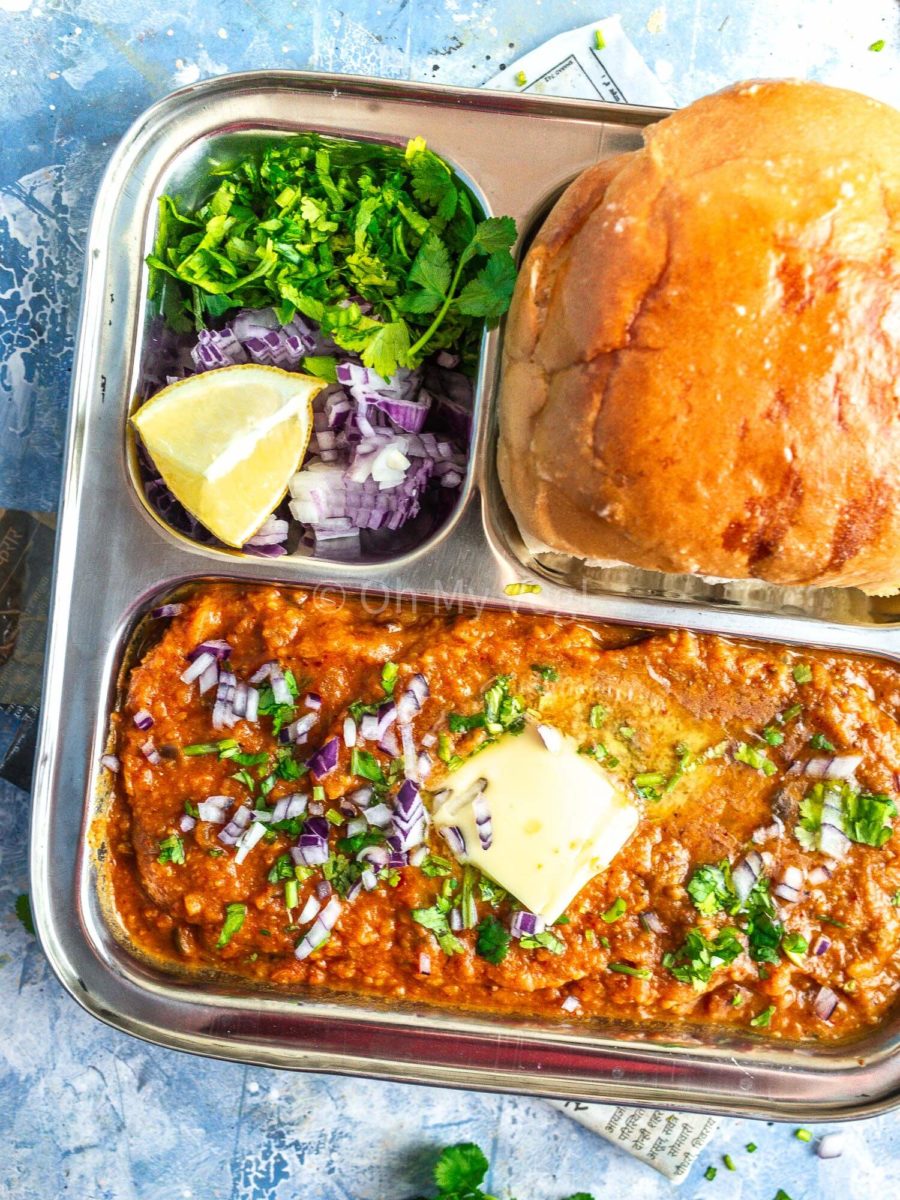
🧂Does Indian Food Use Curry Powder?
Authentic Indian food doesn’t use curry powder.
Curry powder was introduced to the U.K. by British soldiers returning home from British-occupied India. They adapted the spices commonly used in Indian food and presented it as a quick way to make what they called “curry.” Just as the word curry is a massive oversimplification of Indian food, so is curry powder.
Curry powder is still popular in the U.K. today. It’s also spread abroad to countries like Japan, where it’s used in dishes like tofu katsu curry. There’s nothing wrong with using curry powder is dishes like coronation chickpeas, but don’t add it to authentic Indian recipes.
However, India does use spice mixes. These spice mixes are either regional — think of garam masala, Kashmiri basaar, Bengali panch poran, or Maharashtrian goda masala — or dish-specific, such as pav bhaji masala, chaat masala, sambar masala, chana masala, or biryani masala.
Every family in India has a unique recipe for these spice blends.
Reducing Indian food to a generic blend of spices when each dish requires different flavors is insulting. It can be overwhelming and costly to build an extensive larder of spices — but it’s worth it. Start with the 12 essential spices!
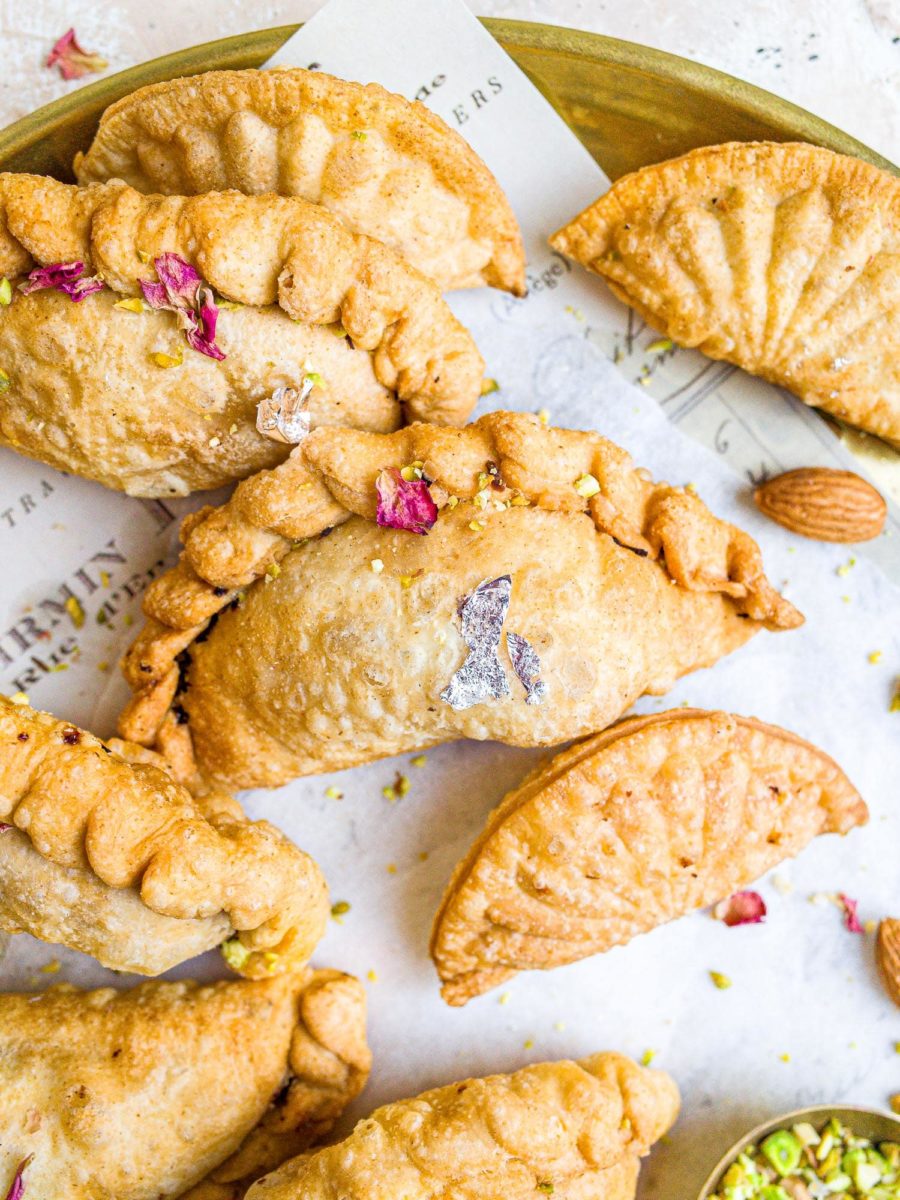
🍯 Are Indian Desserts Too Sweet?
Indian desserts are enormously underrated. While curries and street foods are more famous, India has a rich history of desserts. They’re used in thalis, as prasad (religious offerings) to deities, and eaten aplenty during festive periods like Holi and Diwali.
Shopbought Indian sweets can be far too sweet. But the amazing thing is many Indian desserts are unbelievably easy to make at home, and when you cook them yourself, you can adjust the sweetness to fit your preferences.
Indian desserts aren’t just sweetened with sugar. Traditional sweets also highlight jaggery and sometimes honey.
Why not try some of the recipes featured on my blog, like Bengali rasgulla, seviyan kheer, gulab jamun, karanji, or aamras?
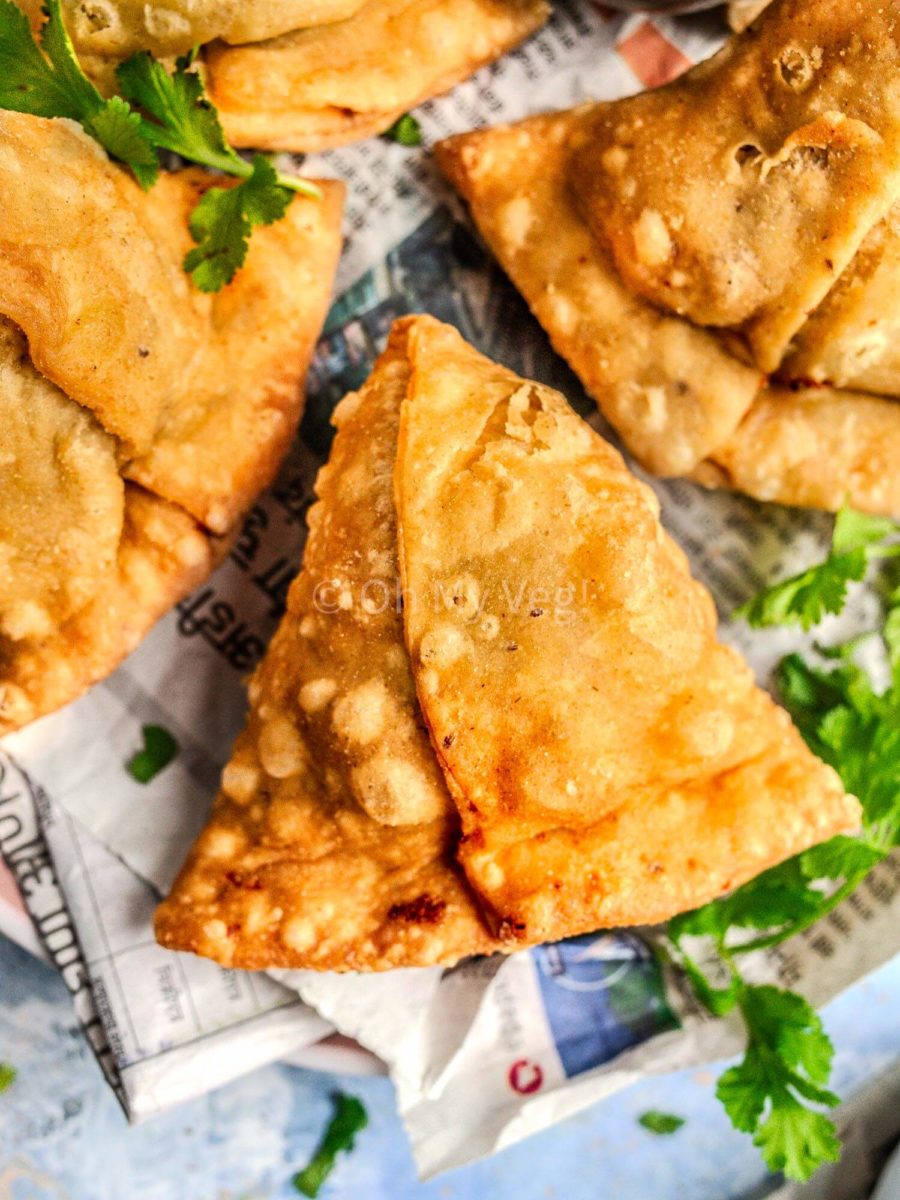
🧑🍳 Is Indian Food Hard to Cook At Home?
One of the chief reasons I started Oh My Veg is to teach people that cooking Indian food is achievable, even when born outside the culture. While I’m aware can seem intimidating, especially given the number of ingredients and new techniques to learn. But I’m here as proof that with practice, a good teacher (wink-wink 😉), and passion, cooking Indian food at home is not hard.
I have several articles designed to help teach you the basics of Indian cooking, including my guide to essential spices — which will teach you how to recognize them, their flavours, and how to use the seasonings. Plus, there’s my mammoth guide to pulses, lentils, and beans.
Another common misconception is that authentic food takes hours to cook. This is not true; in reality, it depends on the dish.
Some recipes require hours of slow cooking, such as dal makhani, while others take a long time due to the sheer number of steps, paneer biryani. However, in the modern era, most recipes can be adapted to be quicker, using a pressure cooker — a must-have Indian cookware.
Others are brilliantly speedy. Examples can be found in my 30-minute recipe archives. As a beginner, this is where I recommend you start, so you can slowly work your way into the methods involved. Once you feel confident, you can work your way into more complex recipes.
Finally, nothing boosts your courage more than a friendly community of other like-minded people on their cooking journey. That’s why I recommend joining me on my social channels or private Facebook community (you can request to join!).
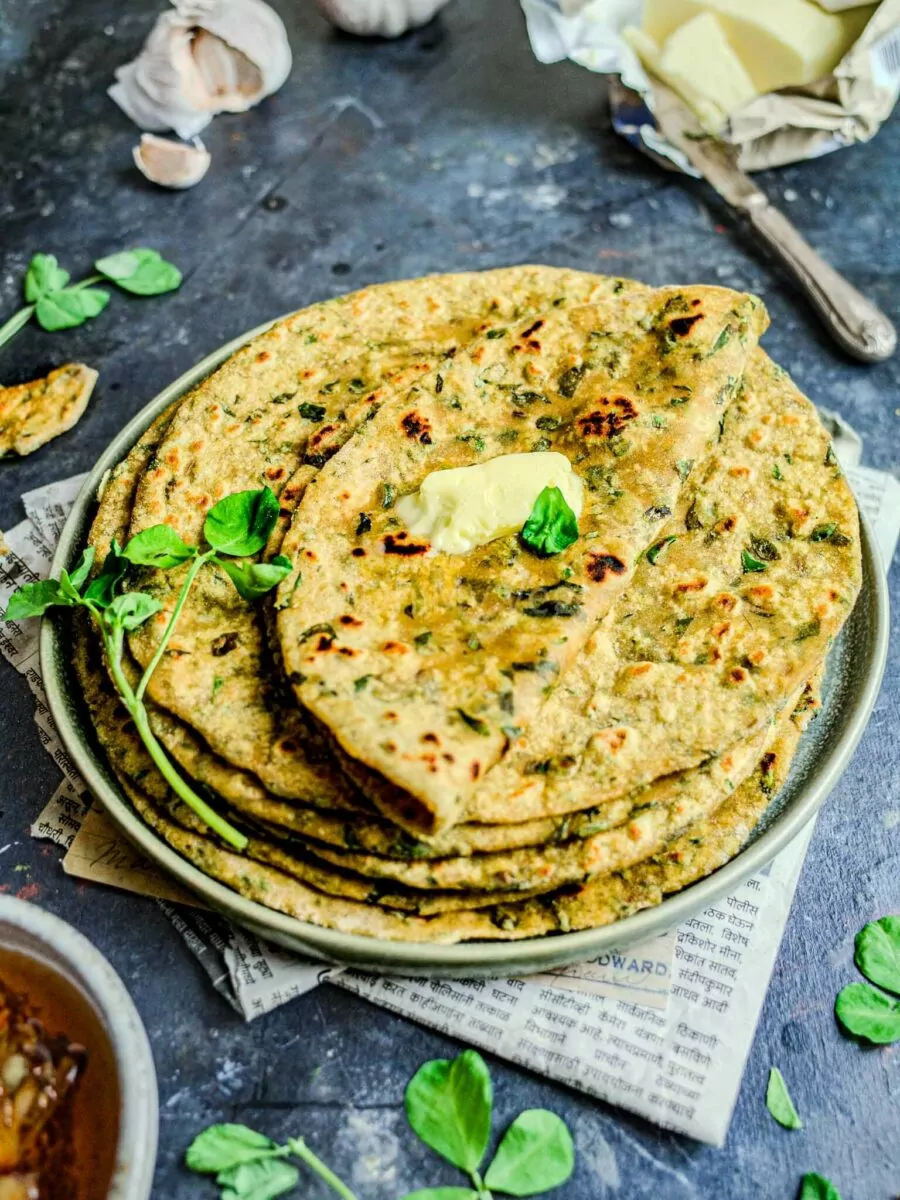
🍚 Is Indian Food Eaten with Naan or Basmati Rice?
Did you know that both fluffy coriander and garlic naan and basmati rice are usually reserved for special occasions or restaurants?
Of course, that’s not to say you can’t indulge. I love scooping up creamy lauki kofta with naan … but as bread goes, for most Indian households, chapati/roti/poli are a daily bread, parathas are a weekly treat, and others like puri, kulcha, bhatura, etc. are enjoyed on festivals or when eating out.
There are hundreds of varieties of bread across India — mostly flatbreads. They can be flavored with spices or herbs (like methi paratha, pictured above), stuffed with vegetables (like aloo paratha, mooli paratha, gobi paratha, etc), infused with flavourings (like beetroot puri or palak puri), made with mixed grains (like thalipeeth or thepla), or made gluten free, like jowar bhakri.
Coal-roasted bread is another rural speciality — sometimes roasted on cow dung!
Furthermore, lentils are rice are used to make “crepe”-like items such as gluten free dosa, appam, pesarattu, and cheela/pudla.
As for rice, each region of India will eat a different type, each with unique flavours. There are over 6000 varieties of rice grown in India! For daily meals, something lighter is favoured over basmati; personal favourites are kali mooch, sona masoori, or ambe mohar. You can find these in Indian grocery stores.
Alternatively, why not try cauliflower rice, quinoa, or other grains for an exciting change?
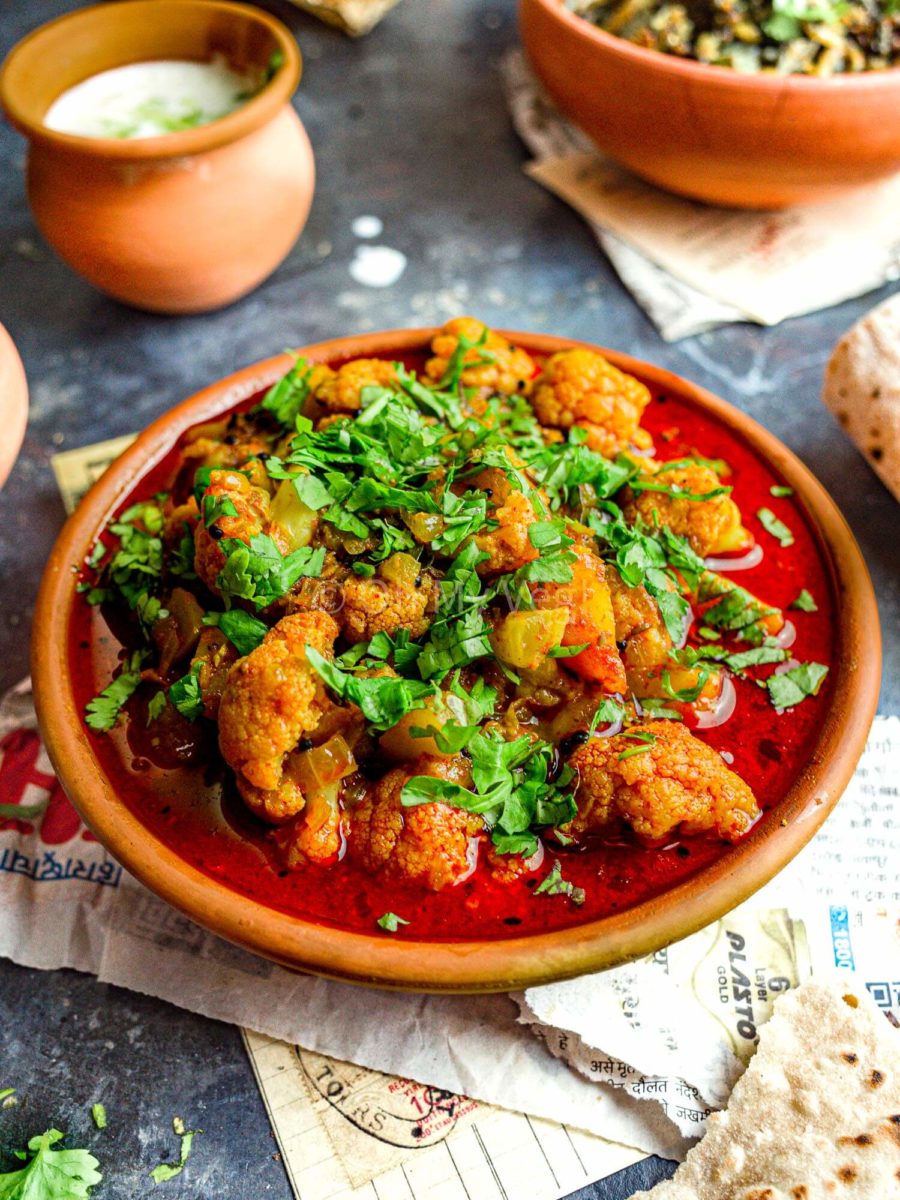
🐔 Is Indian Food All Vegetarian? Is Indian Food All Meat?
No! As confusing as it may sound, both myths exist in tandem, and yet both are wrong.
In the West, meat-based Indian dishes are more popular. Vegetarian dishes are often relegated to side dishes and not given much importance. In India, the opposite is true; the vast majority of traditional dishes are vegetarian.
That’s because an estimated 30-40% of Indians are vegetarian, while the remaining 60% of the population abstains from specific meats (commonly beef or pork), doesn’t eat meat at certain times (religious festivals, specific days of the month or week), and eats meat on a comparatively irregular basis (think once a week).
Whether you want to travel to India, eat Indian food, or learn to cook the cuisine, you’ll find something for everyone — meat-based dishes, pescatarian dishes, vegetarian dishes, and even vegan dishes.
Access to each of these depends greatly on the area you’re in.

Wow, Ellanor — this was such a refreshing read! You’ve done a brilliant job debunking these widespread myths about Indian food. I especially appreciated the points about curry powder and the misconception that all Indian dishes are unhealthy or too spicy. As someone who’s just starting to explore Indian cooking at home, your explanation of thali, spice blends, and regional differences really opened my eyes. Thank you for sharing your expertise with such clarity and depth!
I’m really over the moon to hear that you found my article helpful. All the best with your Indian food journey — if you want to learn more, do try some of my recipes, too!